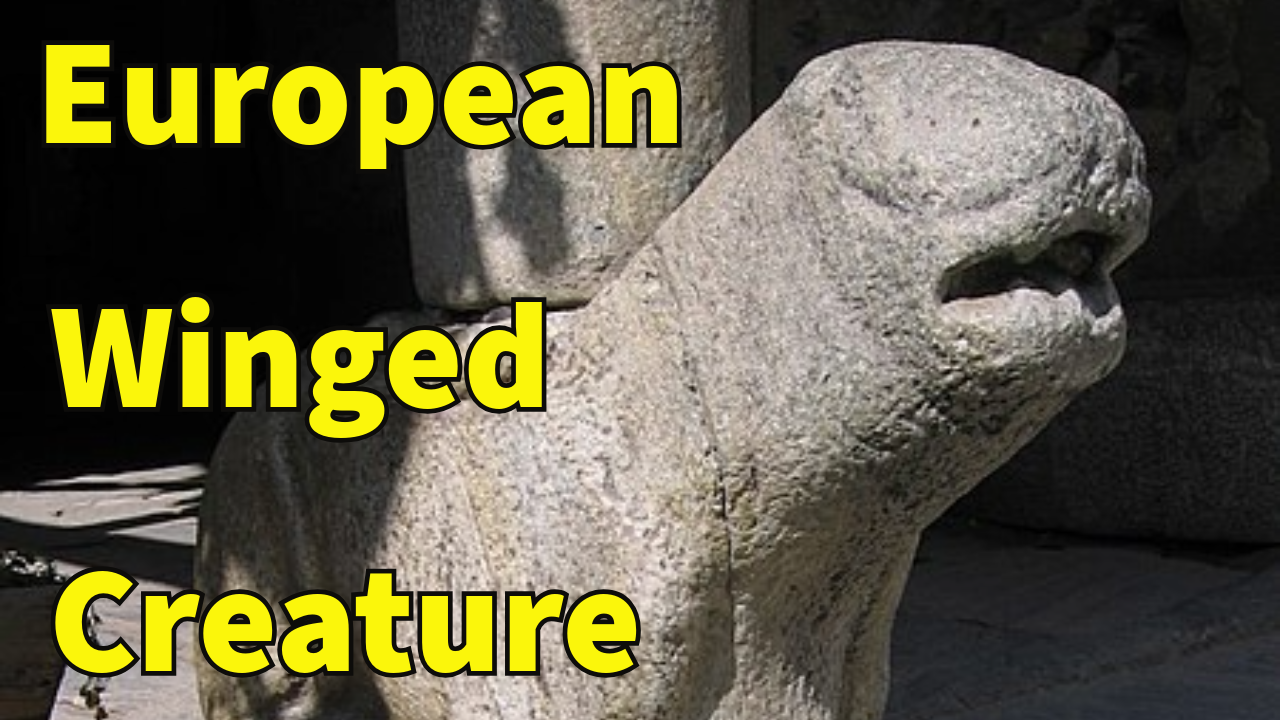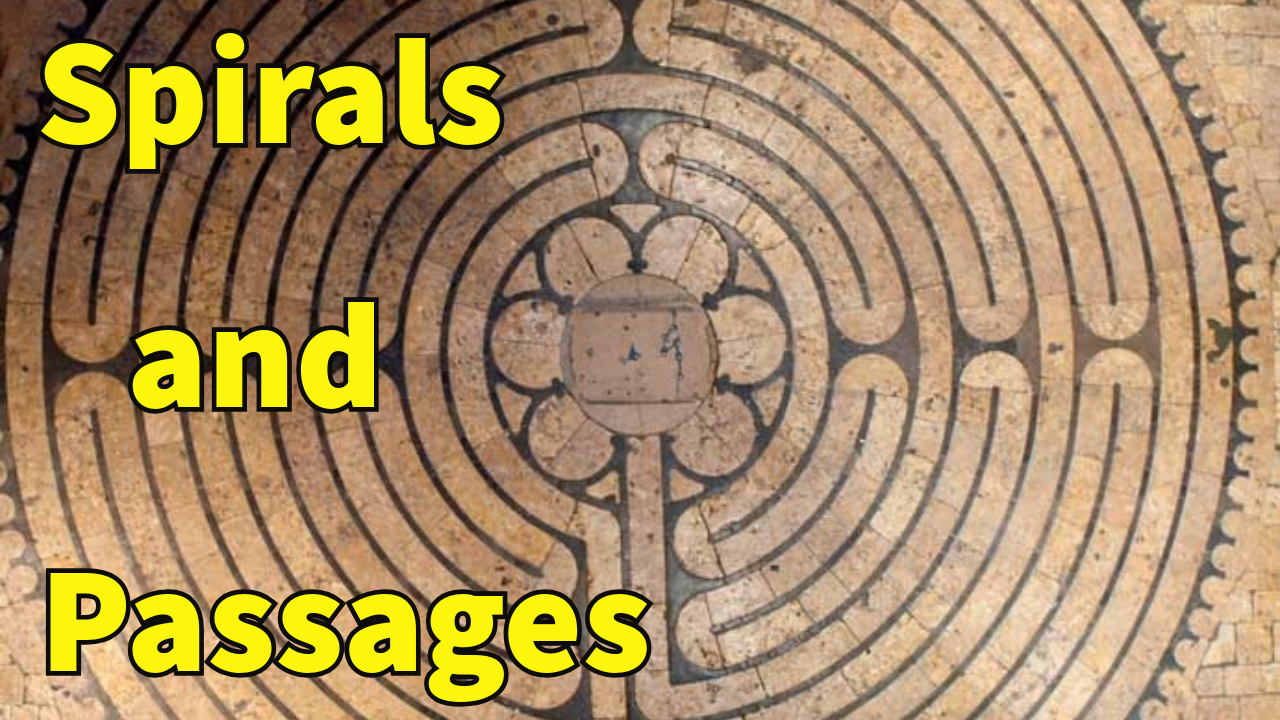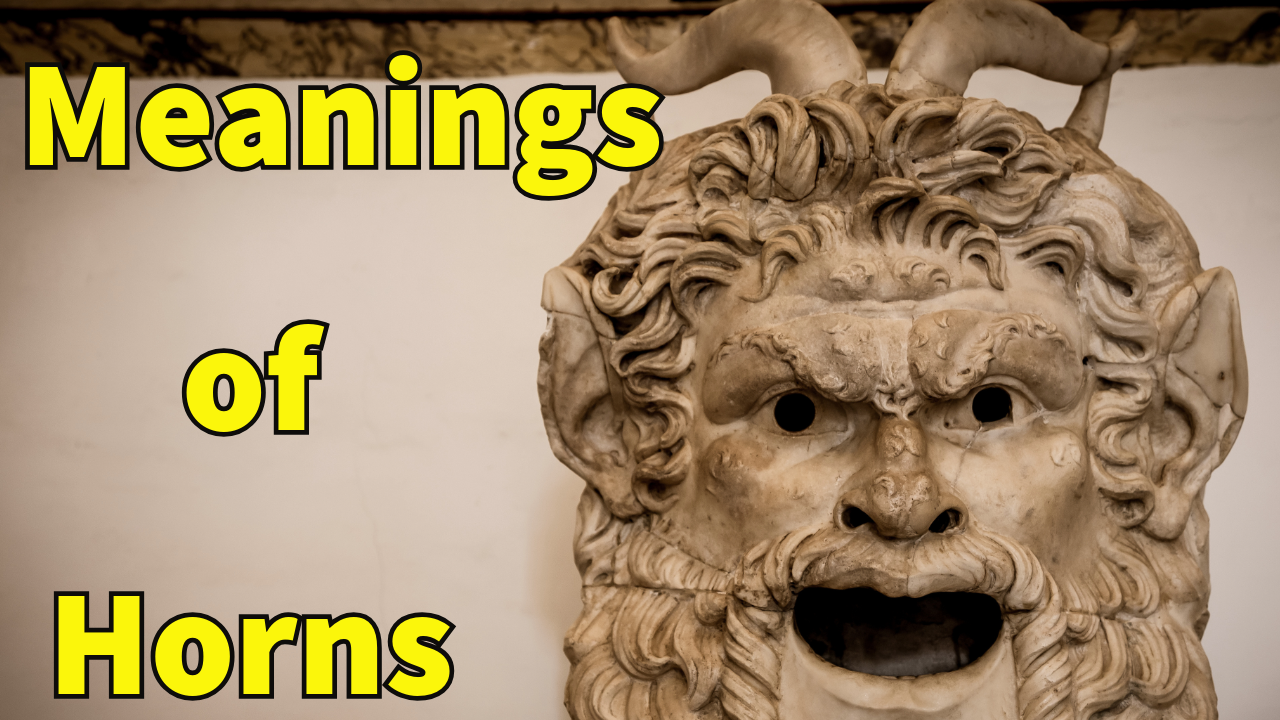
In esoteric traditions, symbols hold a potent significance, often acting as keys to deeper truths. Among these, the image of the cup or chalice resonates with profound mystical and spiritual meaning. Chalice comes from Latin calix ‘mug’, borrowed from Ancient Greek κύλιξ (kylix) ‘cup’ or goblet, meaning a footed cup intended to hold a drink.
In this essay we will briefly explore the symbolism of cups and chalices within three specific domains: Tarot, alchemy, and magic to further gain insight into the deeper currents of meaning that flow through these esoteric arts.
Cups in Tarot
The suit of Cups is one of the four suits in the Minor Arcana, alongside Wands, Swords, and Pentacles. The Cups in Tarot hold deep esoteric and occult significance, extending beyond their surface-level interpretations and are rich with symbolic meaning.
They are traditionally associated with the element of water, which in many mystical and spiritual traditions, represents the emotions, the unconscious or subconscious, intuition, the mystical, the hidden or occult, dreams, memories and the flow of life.
Water is a receptive element, absorbing and reflecting the environment around it, much like the way emotions reflect our inner and outer experiences.
Water is also linked to the concept of the feminine principle or the divine feminine in esoteric traditions. This principle is about receptivity, nurturing, and the ability to give life. In the context of the Tarot, the Cups represent these qualities within the individual and their experiences, emphasizing themes of emotional wisdom, nurturing relationships, and the intuitive understanding of oneself and others.
Water reaches into the depth of the unknown and into mystical realms. It can be unpredictable and is ever changing. It is unique in this way in that it can take a solid, liquid or gaseous form. Therefore emotions can fluctuate. Mood swings can happen with combinations of various cards in the tarot. A queen of cups with a 2 of pentacles could mean that someone’s mood is literally up and down.
In astrology, the water signs—Cancer, Scorpio, and Pisces are easily found in the Page, Knight, Queen or King of Cups. On a high note, they are often associated with sensitivity, depth of feeling, intuition, compassion, empathy, kindness, healing, purification and psychic abilities, but on a lower note, they can also indicate deception, illusions, hidden truths, darkness, confusion, elusiveness and secrets.
These are qualities that resonate with the meanings of the Cups in Tarot. The fluidity of water mirrors the shifting nature of emotions and the depths of the unconscious mind.
Look at the King of Cups. What do you see here? Someone who has mastered his emotions? Is he a compassionate leader who can empathize with others? Or Someone that is repressing emotions? Is he hiding some kind of emotion? Would you trust him? What is he hiding underneath his throne of memory and emotion? and for how long can he keep those secret thoughts hidden in the depths?
Each card in the suit of Cups invites the reader to explore their emotional and spiritual life. The cups serve as vessels for experiences and feelings, reminding us that while emotions can be fleeting, the lessons they bring can fill the soul and spirit.
For more information on Elemental Energy and how to use it, check my course link here.
Chalices in Alchemy
Alchemy, an ancient practice that predates modern chemistry, is rich with symbols and metaphors, often reflecting the transformation of the human soul. Chalices in alchemy are not merely physical vessels but are seen as symbols of containment, transformation, and spiritual attainment.
One of the most significant symbols in alchemy is the Holy Grail, often depicted as a chalice. The Grail is considered the ultimate goal of the alchemical quest, representing the Philosopher’s Stone—a metaphor for the completion of the Great Work and the attainment of immortality. The Grail is a vessel that contains the elixir of life, the quintessence of spiritual knowledge.
It is a symbol of purity and divine grace, a sacred object that can transform the base elements (both literal and metaphorical) into pure gold or spiritual enlightenment.
In alchemical texts, the chalice is often associated with the albedo stage of the Magnum Opus, or the Great Work. Albedo, or “whitening,” follows the nigredo, or “blackening” stage of putrefaction and darkness. It represents purification, the washing away of impurities, and the emergence of the pure spirit. The chalice, in this context, is the vessel that holds the purified substance, whether it be physical gold or spiritual wisdom. It symbolizes the alchemist’s soul, now cleansed and ready to receive divine illumination.
Let’s revisit the Tarot for a moment to see how these esoteric arts overlap – In Tarot, there is the Five of Cups: The Five of Cups often represents loss, grief, and the process of emotional purification. This card encourages the seeker to confront their shadow, to mourn the past, and to ultimately find a path to emotional healing and spiritual renewal. Esoterically, it reflects the alchemical stage of nigredo, or blackening, where the individual faces the darkness within.
In alchemical symbolism, An example of a chalice is the Chalice of Saint John. This image often shows a serpent emerging from a cup, a symbol of transformation and wisdom. The serpent, a creature that sheds its skin, represents renewal and the cyclical nature of life.
The cup, holding the serpent, signifies the containment and harnessing of this transformative energy. It is a reminder that true wisdom and enlightenment come from within, and the journey towards it involves a process of inner purification and transformation.
Chalices in Magic and Ritual
In magical traditions, chalices are often used in rituals and ceremonies. They serve as a focal point for spiritual energy and as a tool for invoking divine forces. The chalice is a symbol of the receptive, feminine aspect of the divine, often associated with the Goddess or the element of water. It represents the womb, the source of life and creation, and is used to contain sacred substances, such as wine or water, during rituals.
In Wiccan and other pagan traditions, the chalice is an essential element on the altar. It is used to hold wine, which symbolizes the blood of the Goddess, or water, representing the primordial waters of creation.
During rituals, the chalice is often consecrated and charged with magical intent.
For example, in the Wiccan ritual known as the Great Rite, when performed “in token” the Priestess holds the chalice, filled with drink and symbolic of the womb, and invokes the spirit of the Goddess. Her partner holds an athame, symbolic of the phallus and invokes the spirit of the God. After invocations are finished and the ceremonial dipping of the blade into the liquid is finished, the chalice is then blessed and shared with the participants, or coven members as a symbol of the unity between the divine masculine and divine feminine.
The chalice also plays a role in the ritual of the Eucharist in Christian traditions, where it holds wine symbolizing the blood of Christ. This ritual can be seen as a form of magical practice, where the chalice becomes a vessel for divine grace and the transformation of the mundane into the sacred.
The act of drinking from the chalice symbolizes the internalization of the divine and the acceptance of spiritual nourishment.
In ceremonial magic, chalices are often used in the invocation of spirits or deities. The magician may use a chalice to hold offerings or libations, which are then consecrated and offered to the invoked entities. The chalice serves as a bridge between the material and spiritual worlds, a receptacle for spiritual energies. For example, in the ritual of the Holy Grail, practitioners may use a chalice to symbolize their quest for spiritual enlightenment and the divine knowledge contained within it.
Real life Examples
We have already briefly discussed the esoteric meaning of cups and chalices in the tarot, alchemy and magic.
But many legendary chalices have captured the imagination and reverence of people throughout history, often entwined with legend, religious significance, cultural importance and mystery. Let’s look at some real life examples and famous legendary chalices that still hold allure today.
The Holy Grail
Arguably the most famous chalice in Western history, the Holy Grail is said to be the cup used by Jesus Christ at the Last Supper and later by Joseph of Arimathea to collect Christ’s blood during the Crucifixion.
The Holy Grail has been a central element in Christian legend, particularly in Arthurian tales, where it is depicted as a mysterious and powerful object sought by knights, most notably Sir Galahad, Sir Percival, and Sir Lancelot. The Grail symbolizes divine grace, spiritual enlightenment, and the ultimate quest for purity and immortality.
The Antioch Chalice
The Antioch Chalice, once believed by some to be the Holy Grail, is a silver cup that dates back to the early Byzantine era (5th-6th century AD). It was discovered near Antioch, modern-day Turkey, and is ornately decorated with figures that some scholars initially interpreted as the Apostles. However, later research suggests that it may have been used as an early Christian liturgical object rather than the actual cup from the Last Supper.
The Chalice of Doña Urraca
The Chalice of Doña Urraca, a richly decorated goblet from the 11th century, is kept in the Basilica of San Isidoro in León, Spain. The chalice is made of agate and adorned with gold and jewels. It is named after Doña Urraca of Zamora, an 11th-century Spanish princess who donated it to the church. Recent claims have suggested that this chalice might be linked to the legends of the Holy Grail, though these assertions are debated among historians and scholars.
The Ardagh Chalice
The Ardagh (arda) Chalice is a remarkable piece of early medieval Irish metalwork, dating back to the 8th century. It was discovered in 1868 near the village of Ardagh, County Limerick, Ireland. The chalice is made of silver with gold, bronze, brass, and lead embellishments and is decorated with intricate Celtic patterns. It is believed to have been used for liturgical purposes, specifically for dispensing wine during the Eucharist. The Ardagh Chalice is an important artifact in Irish cultural history and is currently housed in the National Museum of Ireland.
The Nanteos Cup
The Nanteos Cup is a wooden chalice that has been associated with legends of the Holy Grail. The cup gets its name from Nanteos Mansion in Wales, where it was kept for many years. The cup is relatively plain and has suffered considerable wear and damage over the centuries. Despite its humble appearance, various legends claim that it possesses healing powers. The cup’s history and authenticity as a relic of significant Christian history are uncertain, but it remains a fascinating piece of folklore.
The Valencia Chalice
The Valencia Chalice, also known as the Holy Chalice of Valencia, is housed in the Valencia Cathedral in Spain. It consists of a polished agate cup, believed to date from the 1st century BC or AD, with a base added later. Some Christian traditions hold that this chalice was used by Jesus at the Last Supper, making it a contender for the title of the Holy Grail. While definitive proof of its authenticity is lacking, the chalice is an object of veneration and is used by the Pope during special occasions.
The Chalice of Saint Remigius
The Chalice of Saint Remigius is a relic kept in the Reims Cathedral, France. It is said to have been used by Saint Remigius, the Bishop of Reims, during the baptism of Clovis I, the first King of the Franks, around 496 AD. This baptism is a significant event in the history of France as it marked the beginning of the Christianization of the Frankish Kingdom. The chalice is made of silver and is regarded as a precious historical and religious artifact.
These chalices are not only valuable as historical and religious artifacts but also as symbols of faith, devotion, and the quest for spiritual understanding. They continue to inspire stories, legends, and scholarly inquiry, reflecting the enduring human fascination with sacred objects and their mysteries.
In conclusion, the symbolism of cups and chalices in esoteric arts is rich and multifaceted. In Tarot, they represent emotional and spiritual experiences, acting as vessels for the soul’s journey. In alchemy, chalices symbolize the containment and transformation of spiritual essence, with the Holy Grail representing the ultimate quest for enlightenment. In magical traditions, chalices are tools for ritual and ceremony, symbolizing the feminine divine and the receptivity of spiritual energy. Across these traditions, the cup or chalice serves as a powerful symbol of the human quest for understanding, transformation, and union with the divine.
What is your experience with cups, or chalices? Do you have a favourite one you use for special drinks? Rituals? Or a favourite cups card in Tarot? Post your comments below and share the post!!!
Video version here:
The Secret Meanings of Cups and Chalices in Esoteric Arts and Tarot
Interesting sources, additional info, images, credits, attributions and other points of views here:
https://en.wikipedia.org/wiki/Suit_of_cups
https://en.wikipedia.org/wiki/Holy_Grail
https://symbolopedia.com/chalice-symbolism-meaning
https://theculturetrip.com/europe/spain/articles/7-things-you-didnt-know-about-the-holy-chalice-of-valencia
https://en.wikipedia.org/wiki/Nanteos_Cup
https://en.wikipedia.org/wiki/Reims_Cathedral
https://clasmerdin.blogspot.com/2014/08/the-chalice-of-dona-urraca-is-this-holy.html
Dona Urraca: https://www.youtube.com/watch?v=Qb-oIkbu3pE&t
Ardagh Chalice: https://www.youtube.com/watch?v=fCJEPLSNXNM
PICS:
https://pixabay.com/videos/fantasy-magic-book-mystic-magic-69642
https://pixabay.com/videos/lake-water-sunbeams-glitter-176798
https://www.pexels.com/video/father-at-a-church-6267388
https://www.pexels.com/video/hand-table-home-wine-4038356
https://commons.wikimedia.org/wiki/Category:Paintings_of_Saint_John_the_Evangelist_with_the_poisoned_chalice#/media/File:Memling_St_John_and_Veronica_Diptych_reverse_right.jpg




